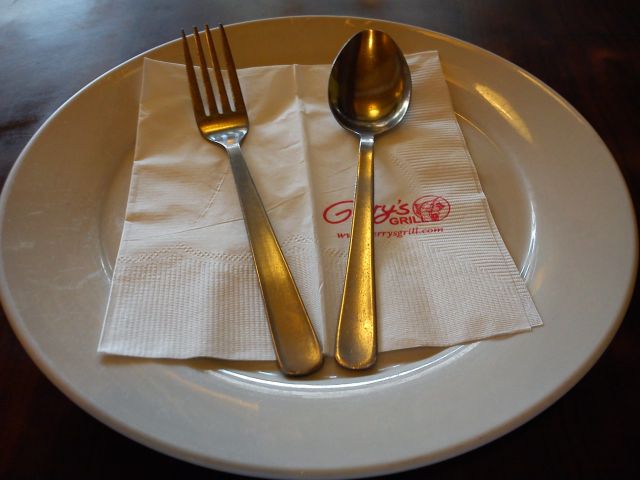Sony Ericsson / Sony : General : ELM & HAZEL Camera blue-yellow lines issue Discuss
>
New Topic
>
Reply<
Esato Forum Index
>
Sony Ericsson / Sony >
General
> ELM & HAZEL Camera blue-yellow lines issue Discuss
Bookmark topic
well, whether it can be fixed or not it's okay with me, besides, Hazel doesn't have that good of a LED flash and I wasn't expecting much from it for lowlight when I bought it since it only has LED flash.
--
Posted: 2010-12-10 04:15:32
Edit :
Quote
It looks like the sensor is overly-sensitive in those horizontal lines. That's why you don't notice it with low exposure -- it's there, you just don't see it. If it's a hardware fault, then firmware isn't going to fix it...
But I don't really know how the sensor works, so who knows.
Ah, and I am seriously considering buying this camera, I mean phone, too.
--
Posted: 2010-12-10 11:16:02
Edit :
Quote
@pavi
I think they reduced cost by buying a poor sensor to put on the elm.
I own the elm and people say the camera is great but I dont really think it is. The phone can only take good photos in good light, and just about any decent camera can do that. It really is terrible in low light and the flash isnt a flash, its a camera light (they need to stop saying led flash)
Even in daylight photos you still get these lines across the photos, you can make them out in shaded areas where its smeared.
People see the elms camera as being very good because of the huge amount of sharpening it puts on its photos during in-camera processing which makes the photos very very sharp, sometimes unnauraly sharp
--
Posted: 2010-12-11 11:36:08
Edit :
Quote
It is a phenomena called banding noise. It is often visible in low light and / or when high ISO is used. It is not
an uncommon problem. Even Canon's most expensive camera at the time
had this problem
--
Posted: 2010-12-11 11:55:49
Edit :
Quote
Thanks laffen

now we finally know what this is.
Banding noise is highly camera-
dependent, and is noise which is
introduced by the camera when it reads data from the digital
sensor. Banding noise is most
visible at high ISO speeds and in the shadows, or when an image has been excessively brightened.
Banding noise can also increase
for certain white balances,
depending on camera model.
--
Posted: 2010-12-11 12:32:50
Edit :
Quote
@ mriley
I would like to argue

I have not seen any lines on daylight photos even on those parts of the photo where it's dark, and no matter how much sharpening you put on a photo it will not improve it this much, you will need a huge amount of resolved detail by the sensor in order for sharpening to be effective. I think it's more probably that the lines are real sensor bugs in lowlight or driver issue.
I agree with laffen. For Elm/Hazel it seems these lines appear at ISO 160 or higher, the lowlight pictures I posted that had no lines were at ISO 160 (outside night shot) and ISO 80 (candle shot). (well there might be very feint lines but that's because I purposely searched for them, they are negligible and are impossible to see unless you zoomed and searched for them).
Here's another lowlight shot without or has very feint lines:
ISO 80
Exposure Time 1/20s
 Original
Original
still experimenting with some more lowlight shots, I wish there was a way to control iso, so far the only consistent photos with minimal/no lines are the ones having iso 160 or lower
[ This Message was edited by: reeflotz on 2010-12-11 12:47 ]
--
Posted: 2010-12-11 13:38:12
Edit :
Quote
On 2010-12-11 11:36:08, mriley wrote:
@pavi
I think they reduced cost by buying a poor sensor to put on the elm.
I own the elm and people say the camera is great but I dont really think it is. The phone can only take good photos in good light, and just about any decent camera can do that. It really is terrible in low light and the flash isnt a flash, its a camera light (they need to stop saying led flash)
Even in daylight photos you still get these lines across the photos, you can make them out in shaded areas where its smeared.
People see the elms camera as being very good because of the huge amount of sharpening it puts on its photos during in-camera processing which makes the photos very very sharp, sometimes unnauraly sharp
I agreed with you. Elm produce poor low light photos due to small lens. flash is not enougf. I think it not a flash. its a torch that like found in Nokia 1100. the flash nothing can do with low light. even macro mode with flash, photos look washed out. and overexposure.
--
Posted: 2010-12-11 14:16:56
Edit :
Quote
Sharpening makes a huge difference beyond 3mp
--
Posted: 2010-12-11 18:51:01
Edit :
Quote
When optimizing photos for print, sharpening is the last thing you should do with an image. Image crop, noise reduction, size reduction and colour correction should all be done before sharpening. Photos taken with consumer cameras and mobile phones are often very sharp directly out of the camera because these images often are used as they are without any adjustments on a PC afterwards. Photos captured with cameras in the pro-segment are very often edited on a PC before being completed. Pro-cameras therefore have less sharpening and the final image will be better than if the sharpening was don at the time of capture.
[ This Message was edited by: laffen on 2010-12-13 00:26 ]
--
Posted: 2010-12-13 00:50:26
Edit :
Quote
New Topic
Reply

